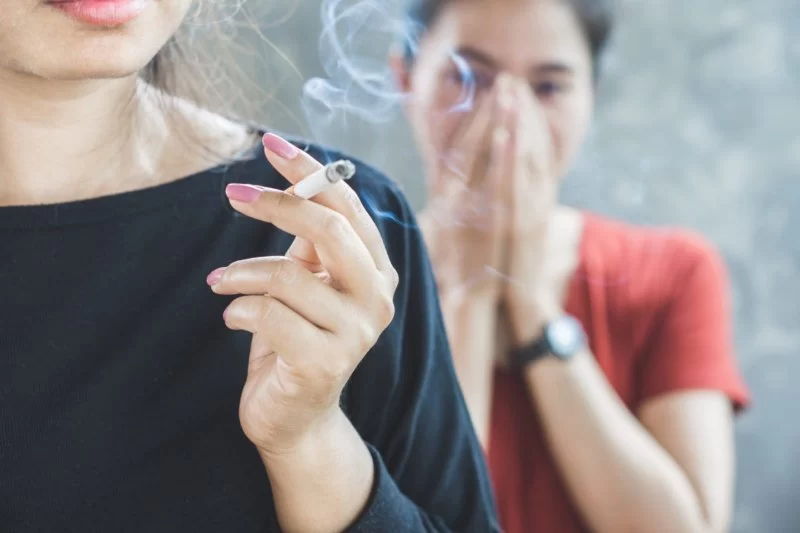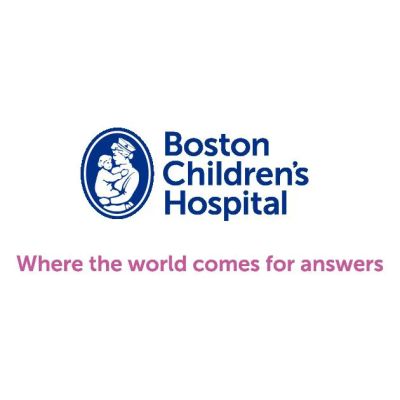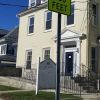Understanding Secondhand Smoke and Its Impact on Cardiovascular Health
Secondhand smoke, also known as passive smoke, refers to the smoke exhaled by a smoker or emitted from the burning end of a cigarette or other tobacco products. Although it's often associated with lung cancer and respiratory issues, its effects on cardiovascular health are equally significant. Exposure to secondhand smoke increases the risk of heart disease, stroke, and other serious cardiovascular conditions. In this article, we’ll explore how secondhand smoke affects heart health and what you can do to protect yourself and your loved ones.

The Link Between Secondhand Smoke and Cardiovascular Disease
It is well-documented that smoking directly harms the heart and blood vessels. However, secondhand smoke has a similar effect, even though those exposed may not actively be smoking. The harmful chemicals in secondhand smoke, such as nicotine, carbon monoxide, and formaldehyde, can damage blood vessels and cause inflammation. Over time, exposure to these chemicals increases the risk of:
Endeavor Health Northwest Community Hospital
endeavor health northwest community hospital
800 W Central Rd, Arlington Heights, IL 60005, USA

1. Increased Blood Pressure
One of the immediate effects of secondhand smoke exposure is an increase in blood pressure. The chemicals in the smoke can cause blood vessels to constrict, leading to elevated blood pressure, which is a major risk factor for heart disease.
2. Reduced Oxygen Supply
Carbon monoxide in secondhand smoke binds to hemoglobin in the blood, reducing its ability to carry oxygen. This deprives the heart and other organs of vital oxygen, putting extra strain on the cardiovascular system and increasing the likelihood of heart disease.
3. Increased Risk of Blood Clots
Studies show that exposure to secondhand smoke can also increase the risk of blood clot formation, which can block blood flow and lead to heart attacks or strokes. These clots can be especially dangerous when they form in the arteries supplying blood to the heart and brain.
Real-Life Impacts: The Dangers for Non-Smokers
While smokers are undoubtedly at the highest risk of cardiovascular diseases, non-smokers are also vulnerable when exposed to secondhand smoke. In fact, a study by the American Heart Association found that non-smokers who are regularly exposed to secondhand smoke are 25-30% more likely to develop heart disease than those who aren't exposed. This is especially concerning in households or workplaces where smoking is prevalent.
Case Study: Family Health at Risk
Consider the story of Sarah, a 40-year-old mother of two who was exposed to secondhand smoke for years due to her spouse’s smoking habits. Despite being a non-smoker, Sarah began experiencing symptoms of cardiovascular distress, such as shortness of breath and chest discomfort. After seeking medical attention, she learned that her exposure to secondhand smoke had significantly raised her blood pressure and contributed to the early stages of heart disease. With medical treatment and lifestyle changes, she has been able to manage her health, but her story highlights the serious risks posed by secondhand smoke.
How to Protect Yourself and Your Loved Ones from Secondhand Smoke
Protecting yourself and your family from the harmful effects of secondhand smoke is essential for safeguarding heart health. Below are some steps you can take to reduce exposure:
1. Avoid Smoking Areas
The most effective way to protect yourself from secondhand smoke is to avoid places where smoking is allowed. Whether in public spaces or at home, it’s important to create smoke-free zones. Encourage family members and friends who smoke to do so in designated areas, away from non-smokers.
2. Advocate for Smoke-Free Policies
One of the most effective ways to protect public health is by advocating for smoke-free policies in workplaces, schools, and public spaces. These policies can help reduce the prevalence of secondhand smoke exposure, which will benefit the cardiovascular health of entire communities.
3. Promote a Smoke-Free Home
For families with smokers, creating a smoke-free home environment is crucial. If someone in the household smokes, it’s essential that they do so outside, away from doors, windows, and ventilation systems that may allow smoke to enter the home. This simple change can significantly reduce exposure to harmful chemicals.
4. Support Smokers in Quitting
If you have a loved one who smokes, offering support in their journey to quit can have a huge impact on their health and the health of those around them. Many resources are available, including counseling, nicotine replacement therapies, and support groups that can help smokers quit for good.
The Role of Heart Health Monitoring and Lifestyle Changes
Even if you're already exposed to secondhand smoke, it’s important to monitor your heart health regularly. Simple lifestyle changes, such as increasing physical activity, eating a balanced diet, and managing stress, can help reduce the risk of cardiovascular diseases. Additionally, regular check-ups with a healthcare provider can help detect early signs of heart disease, allowing for timely intervention.
If you’re looking for reliable resources to help you make the best health decisions for you and your family, visit HeartCare Hub for expert advice and product recommendations to support your heart health.






















Capital Health Medical Center – Hopewell
capital health medical center hopewell
1 Capital Way, Pennington, NJ 08534, USA